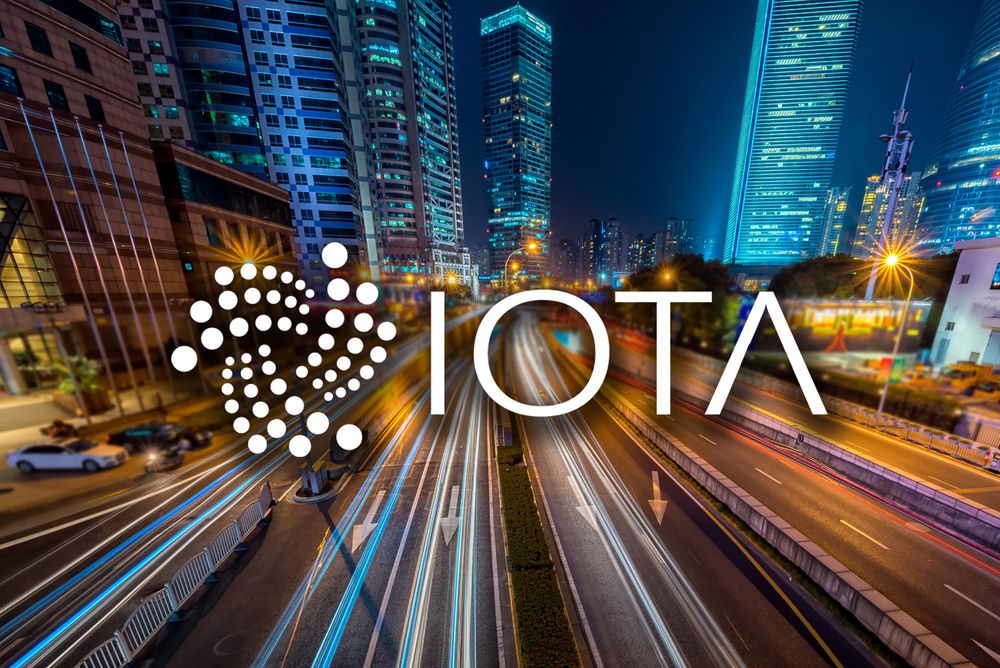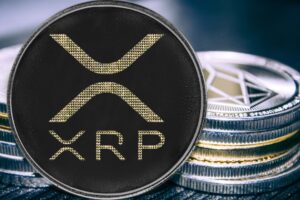IOTA, a revolutionary cryptocurrency project, has set its sights on an ambitious goal: to become the standardized architecture for exchanging value and data between devices, vehicles, infrastructure, and people within the next decade. This audacious vision, if realized, would transform IOTA into the backbone of the Internet of Things (IoT), enabling a seamlessly interconnected machine economy.
At the heart of IOTA’s moonshot mission lies its innovative tangle ledger technology, which departs from the traditional blockchain approach. The tangle, a directed acyclic graph (DAG), promises unmatched coordination, efficiency, scalability, and automation, making it ideal for the vast and complex IoT landscape.
IOTA’s journey toward its grand vision has been marked by both promising advancements and lingering challenges. On the positive side, IOTA has undergone continuous evolution, introducing upgrades like Coordicide, smart contracts, tokenization, and interoperability, bringing decentralized finance (DeFi) and Web3 functionality within reach.
The tangle ledger’s zero-fee structure and lightweight integration capabilities provide a compelling framework for scalability. Proponents envision IOTA enabling a tightly interconnected machine economy through feeless value transfer, revolutionizing how devices and machines interact.
However, IOTA faces critics who question whether it can deliver on its soaring promises within the next decade. The decentralized Coordicide upgrade, underwhelmed on speed and reliability, raising concerns about IOTA’s ability to handle the demands of a global IoT network.
Recent glitches in IOTA’s nascent smart contract capabilities further fueled these concerns, highlighting the challenges of executing complex decentralized applications at industrial scale. Can IOTA smooth out current issues while also exponentially improving performance to meet the demands of the next-generation machine economy?
Undeterred by these challenges, IOTA remains focused on expanding partnerships and core technology improvements to address scaling concerns and drive adoption. Use cases in global trade, healthcare, mobility, and sustainability hint at IOTA’s potential to revolutionize various industries.
Here are some specific examples of how IOTA is being used or planned to be used in various industries:
- Global trade: IOTA is being used to develop a new trade finance platform that will enable faster and more efficient transactions between businesses.
- Healthcare: IOTA is being used to develop a new data-sharing platform that will allow patients to securely share their medical records with healthcare providers.
- Mobility: IOTA is being used to develop a new autonomous vehicle platform that will allow vehicles to communicate with each other and with
The next few years will be decisive for IOTA. Can the project fulfill critical milestones for decentralization, deliver concrete applications, and make inroads into the burgeoning Web3 space? Or will limitations prove insurmountable, hindering IOTA’s ability to achieve its moonshot vision?
Reaching IOTA’s vision requires a bold and unwavering commitment to innovation, given the uncharted territory it seeks to explore. Progress may be turbulent, but even modest successes towards enhanced connectivity could have far-reaching implications for decades to come. IOTA’s protocols offer significant utility as cities, mobility, and IoT evolve.
Of course, achieving IOTA’s ambitious goals requires flawless execution on both the technological and business fronts. However, IOTA’s collaborative approach provides an adaptive edge, as it continuously seeks input from its community of developers and partners. The project’s eyes are firmly fixed on the decentralized machine economies of the future.
Conclusion
Only time will tell whether IOTA’s radical vision takes flight or fails to launch. But the project’s clear goals, relentless innovation, and unwavering commitment to a decentralized future provide hope that it can achieve its moonshot within the next pivotal decade.



